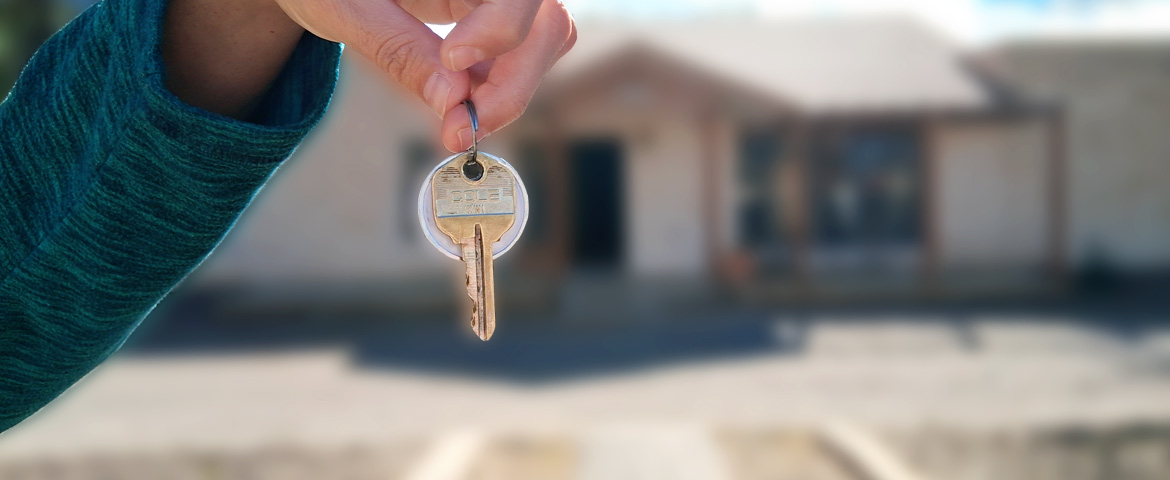Putting your home on the market is exciting, yet it can be nerve-wracking. How do you sort through all the decisions—from setting the right price to deciding which repair is actually worth the money?
The process can be simplified by focusing on three critical areas. Here is our guide to maximizing your home’s sale price and minimizing time on the market.
1. Setting the Perfect Price: Don’t Underestimate the Significance
Perhaps no factor is as important to your success as your initial asking price. Your price does more than just determine your payout; it sets the tone for your entire listing period.
A price that is too high can dissuade initial offers, resulting in your property languishing unsold. This leads to price cuts that make your home look stale to savvy buyers. Conversely, a price set just right—often slightly below the true market value—can spark a bidding war that drives offers higher than you had dared dream.
The Statistics on Pricing
- The Golden Window: Homes that sell within the first two weeks of listing often close closer to their asking price. According to Zillow data, homes that sit on the market longer than 60 days typically sell for 5-10% less than their initial price.
- External Factors: Remember, elements outside your immediate control may also dictate your price, such as current market conditions (is it a buyer’s or seller’s market?) and your own time constraints to sell.
As a REALTOR®, I’m a trusted professional who can guide you through the entire pricing process using comparative market analysis (CMA) data to pinpoint the competitive sweet spot for you.
2. Preparation Pays: What Helps Every Home Sell
No matter the size, age, price, or location of your home, it pays huge dividends to ensure it’s clean, uncluttered, attractive, and free from minor nuisances. This stage is known as staging and presentation, and it’s critical for creating a positive first impression.
The goal is simple: let the buyer envision their own life in your space.
- Quick Fixes, Big Impact: New paint in neutral colors and a few strategically placed plants go a long way. The National Association of Realtors (NAR) consistently finds that staging can increase the dollar value offered by buyers.
- Address Nuisances: Small problems signal potentially larger issues. Details like neglected landscaping, a sticking door, or a dripping faucet are immediately perceived as red flags, signaling that the home may have larger, hidden issues. Take care of these minor repairs proactively.
- Curb Appeal is King: A buyer’s first interaction with your home is its exterior. Invest in landscaping, power-washing, and ensuring your mailbox and entryway are welcoming. For desert climates like El Paso, maintaining simple, clean xeriscaping is key.
External Resource: For a detailed checklist on decluttering and depersonalizing your space, check out this guide on Effective Home Staging Techniques.
3. Prioritizing ROI: Is Your Upgrade Worth the Money?
Before you decide to update your groovy 1970s bathroom or install a brand-new custom kitchen, you need to know that you may not recoup all your remodeling costs when you sell. Some remodeling choices actually make it harder to sell a home if they appeal only to a very narrow taste, such as highly customized finishes or materials on their way out of style.
The High-ROI Update List
The annual Remodeling Magazine Cost vs. Value Report consistently shows that some of the highest returns come from necessary or minor updates, not major remodels:
- The Highest Return: Garage door replacement and manufactured stone veneer accent walls often recoup over 90% of their cost nationally. These are high-visibility, functional items.
- Mid-Range Returns: Minor, mid-range kitchen remodels (refacing cabinets, updating hardware, new paint) offer a much better return (around 70-80%) than a major, expensive overhaul (often 50-60%).
- Necessary Updates: Other upgrades may be necessary to attract any reasonable offers at all, such as fixing a damaged roof, replacing old HVAC systems, or addressing water damage.
Additional Considerations: Look at the price range of your home and the condition of nearby homes for sale. Your renovations should bring your property up to, but not significantly above, the standard for the neighborhood.
Three Things to Consider Before You Sell
Putting your home on the market is exciting. As you move forward, keep these final considerations in mind:
- Market Timing: Is the market leaning toward a buyer’s or seller’s advantage? Your Realtor can advise you on the best listing window.
- Home Inspection: Consider getting a pre-listing inspection. Addressing major issues now gives you control over the repairs and avoids last-minute deal breakers.
- Your Next Move: Have a clear plan for your next residence. Knowing when you need to move out will directly influence your negotiation flexibility.
For a personalized home valuation and strategy session, contact me today. I will help you sort through the options and make a plan that works for your timeline and financial goals.


 Facebook
Facebook
 X
X
 Pinterest
Pinterest
 Copy Link
Copy Link


